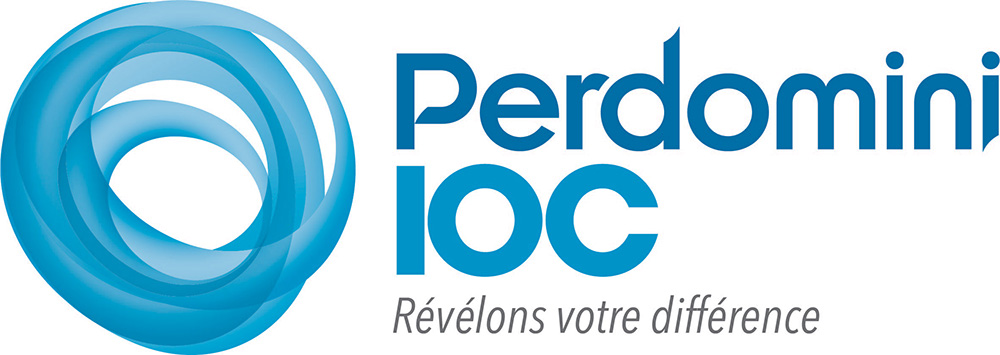One of the key stages in vinification is malolactic fermentation (or MLF): this is the process where the malic acid in the wine is converted into lactic acid by malolactic bacteria from the Oenococcus Oeni family.
However, MLF in wine making is not simply a way to obtain wine deacidification – when correctly inoculated, specific bacteria can increase fruity aromas and flavours, and enhance the sensory characteristics as well as structure and balance of the wine.
Perdomini-IOC provides a wide range of malolactic bacteria for wine, which are used in vinification to start malolactic fermentation and provide nutrition, so that optimum MLF in
winemaking can be achieved even in difficult conditions.
The malolactic bacteria selected by Perdomini-IOC also combat the off-odours caused by some microorganisms, such as the Brettanomyces fungi and various strains of bacteria.
Browse the whole range of Perdomini-IOC products for malolactic fermentation.
DIRECT-INOCULATION BACTERIA
Ready to use wine making bacteria for malolactic fermentation
BACTERIA WITH SHORT RE-ACCLIMATIZATION TIME
Malolactic bacteria with 1-Step ® technology, ready to use in just a few hours
BACTERIA WITH STANDARD RE-ACCLIMATIZATION TIME
Winemaking bacteria with standard reactivation and re-acclimatization time (pied de cuve)
MALOLACTIC FERMENTATION STARTERS
Targeted nutrients to manage, activate and rehydrate malolactic bacteria for MLF
PRODUCTS FOR GOVERNING BACTERIAL POPULATIONS
Additives to block spontaneous malolactic fermentation, control and stabilize MLF in wines
What is Malolactic Fermentation and how to start MLF
Malolactic fermentation improves the sensory profile and enhances the aromas and flavours of wines: successful MLF in wine making leads to a slight increase in pH – therefore a reduction in the total acidity of the wine – thanks to the fact that the lactic acid produced is softer than the malic acid originally present in the wine.
Choosing the right bacteria is crucial, but the inoculation techniques for adding malolactic bacteria to the wine also play an important role. Malolactic bacteria can be added at different stages, depending on the conditions and the winemaker’s objective.
– With co-inoculation, the malolactic bacteria are added 24 hours after the yeast. This allows the bacteria to acclimatize to the must or wine and MLF to start earlier, finishing either together with the alcoholic fermentation or shortly afterwards.
– Early inoculation takes place two-thirds of the way through alcoholic fermentation. As co-inoculation, this technique prevents the proliferation of contaminating bacteria and
monitors the vinification process, so that the sensory qualities of the wine are maintained.
– Sequential inoculation is considered as a separate stage of the vinification process, as it’s performed after the end of alcoholic fermentation and the post-fermentation maceration process. This method is particularly suited to complex, full-bodied wines.
It’s clear that the success of malolactic fermentation depends on several different factors: the quality of the wine, the winemaking bacteria, nutrients and additives chosen, the bacteria
inoculation method and the reactivation and re-acclimatization techniques.
This is where the know-how provided by Perdomini-IOC may help you: our advisory and customer services aim to find the best solutions for each winery. With the right instructions, successful maloactic fermentation in both red and white wines is guaranteed.




